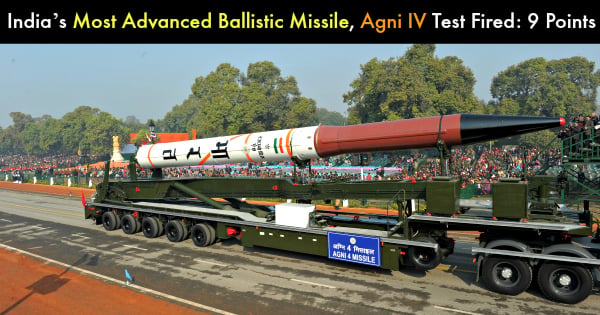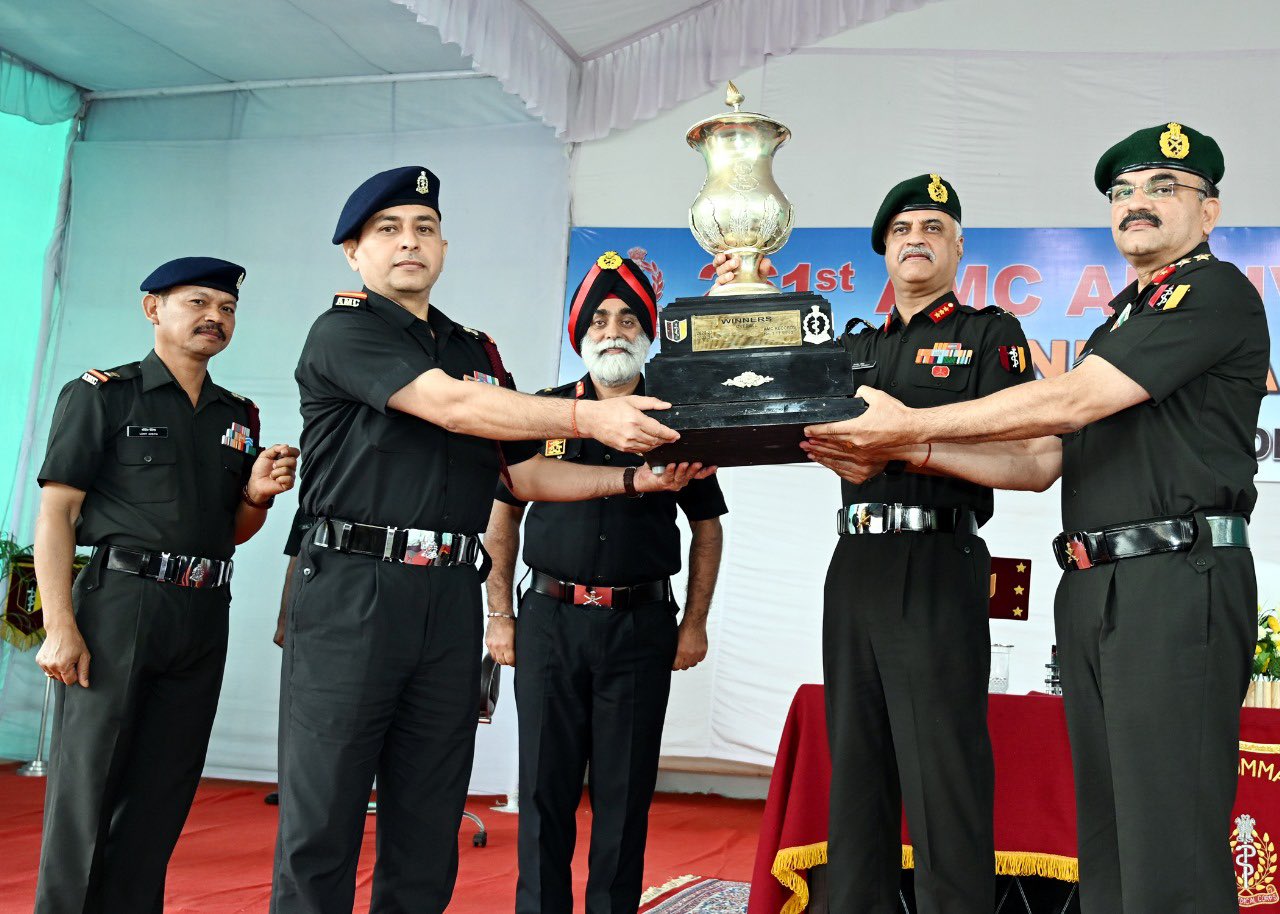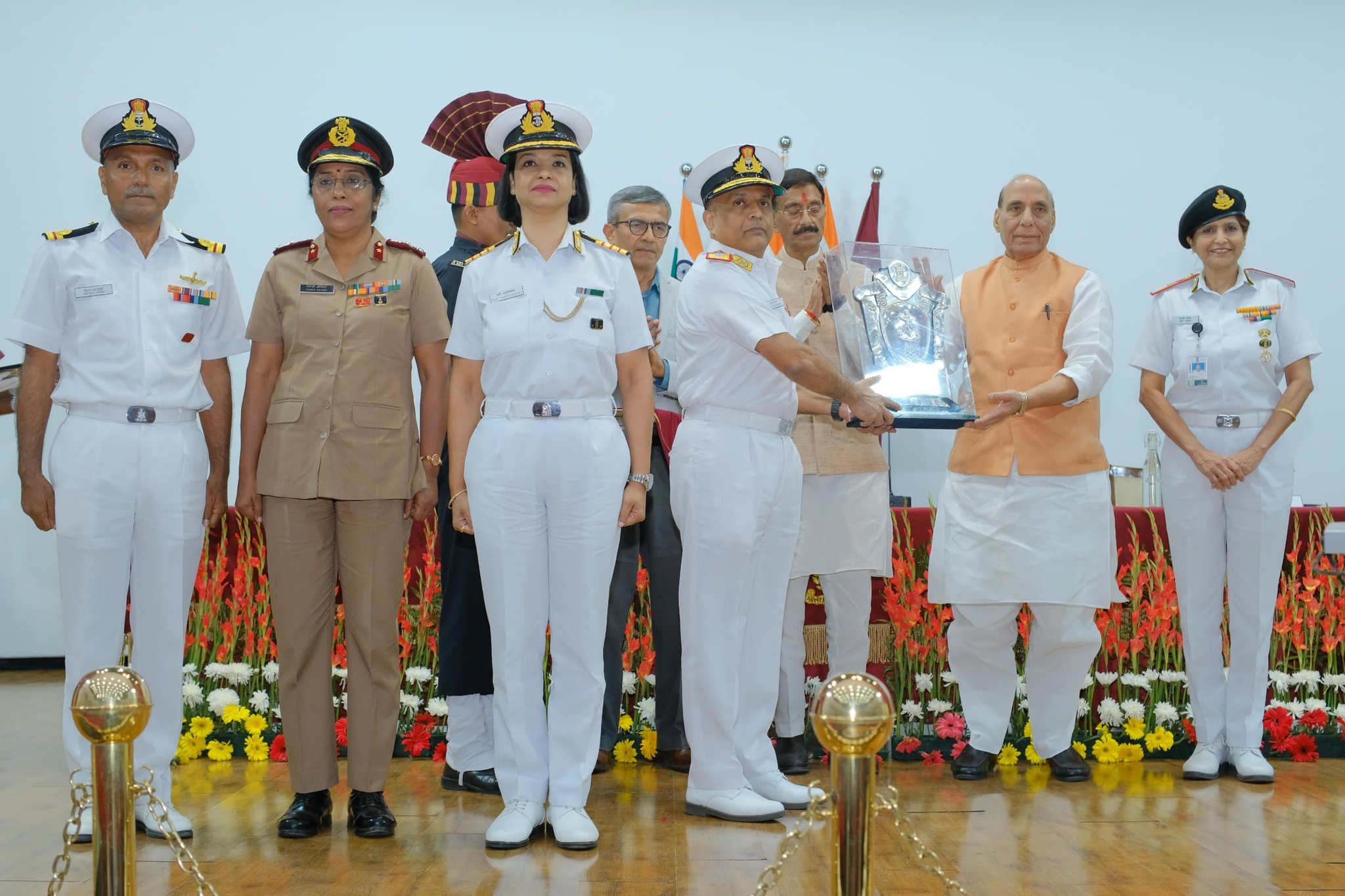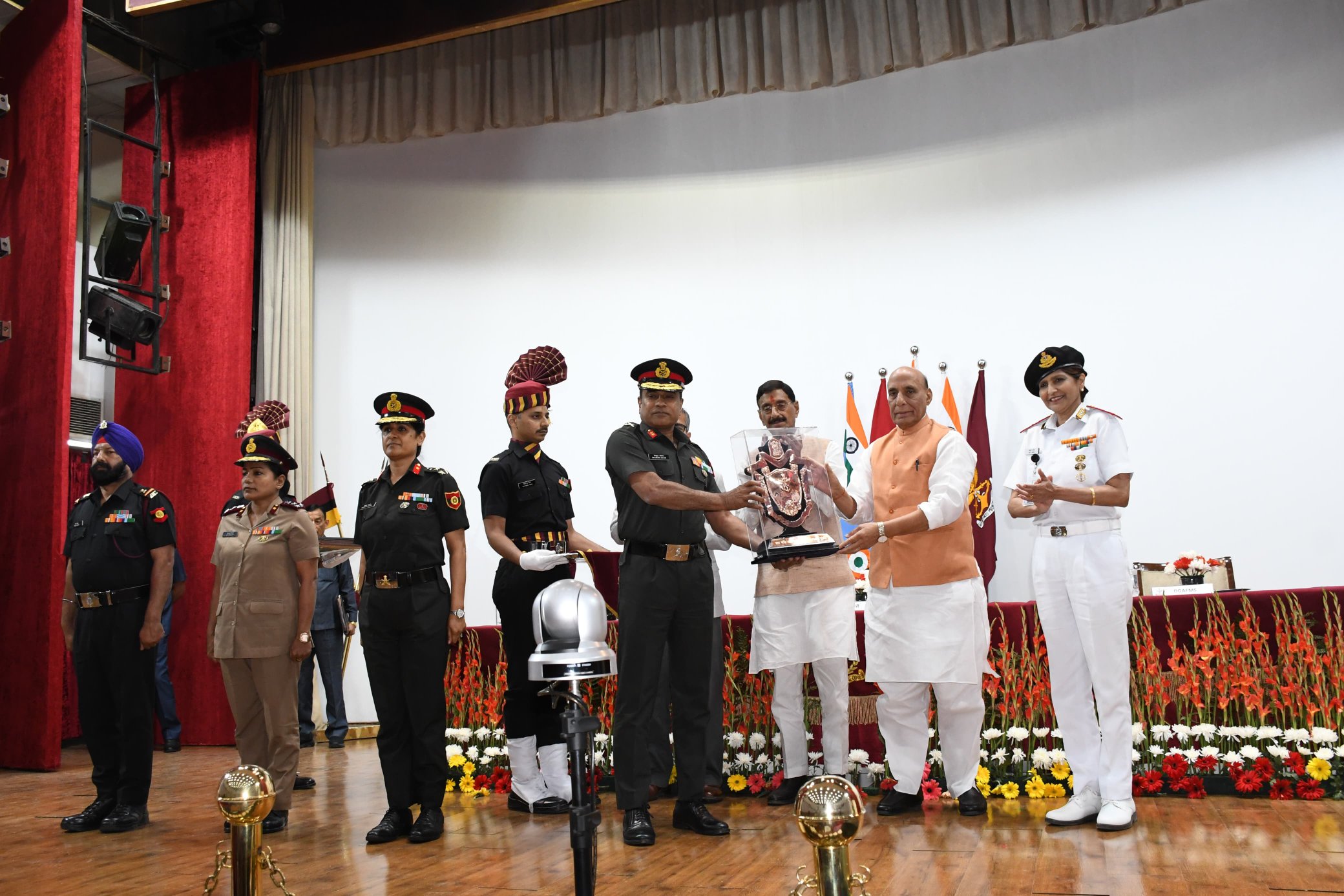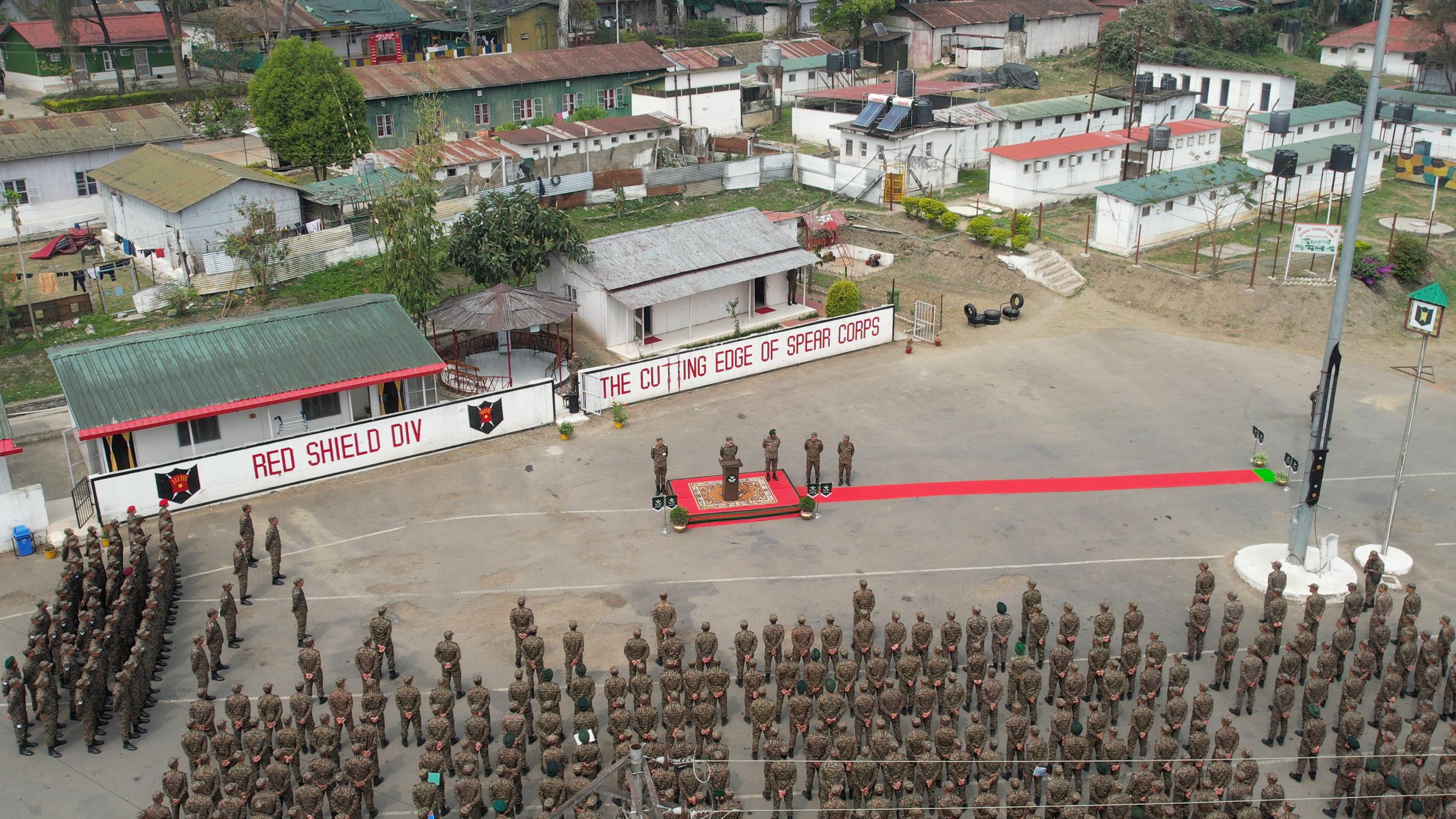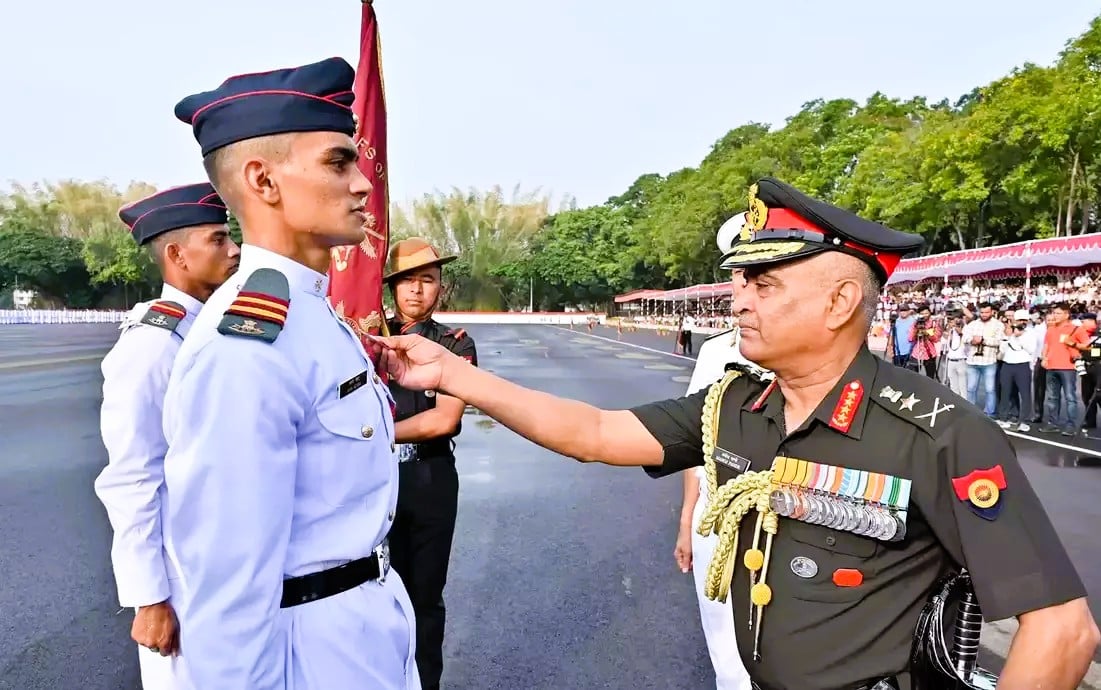Within a week of the successful test firing of its most lethal Agni V missile, India successfully test fired the Agni IV nuclear-capable ballistic missile that has a range of up to 4,000 km. It can be recalled that Agni V is an intercontinental ballistic missile, which can hit northern parts of China.
About the test:
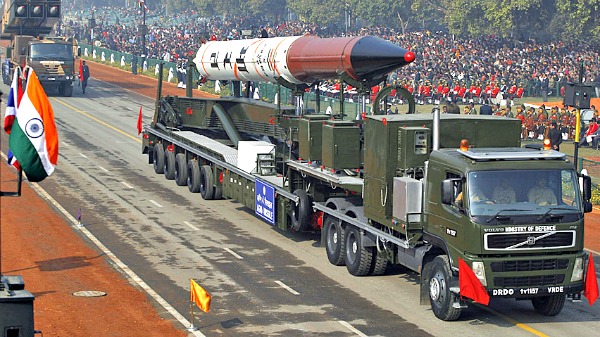
- Supported by a mobile launcher, the surface-to-surface Agni IV missile was flight tested from the Integrated Test Range (ITR) at Dr Abdul Kalam Island.
- It weighs 17 tonnes and is 20 metre-long.
- Radars and electro-optical systems had been positioned along the coast of Odisha for tracking and monitoring all the parameters of the missile.
- Two Indian naval ships were anchored near the target area to witness the final event.
- This is the sixth trial of the indigenous missile. The Agni-IV had undergone one failed and five successful tests over the last five years, with the last one being conducted in November 2015.
About Agni IV:
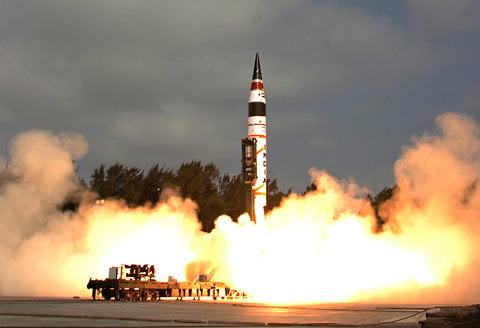
- Agni IV is a surface-to-surface nuke capable Intermediate Range Ballistic Missile (IRBM). It is the most advanced ballistic missile in its class that India has developed so far.
- Agni IV is a long-range missile that is propelled by composite rocket motor technology and developed by DRDO. The missile has two stages of solid propulsion.
- The missile is reportedly equipped with state-of-the-art avionics V-12 fifth generation On-Board Computer.
- The re-entry heat shield is capable of withstanding high temperatures that may reach as high as 4000-degree centigrade and above during re-entry of the missile in earth’s atmosphere and makes sure that the avionics function normally, with inside temperature remaining less than 50-degree centigrade.
- The Agni-IV has the latest features to correct and guide itself for inflight disturbances. The most accurate Ring Laser Gyro based Inertial Navigation System (RINS) and supported by highly reliable redundant Micro Navigation System (MINGS), ensure that missile can reach the target within two-digit accuracy.
- Agni-I, II, III and Prithvi are already in the arsenal of armed forces, giving them reach of over 3000 km, giving India an effective deterrence capability.
- When it was developed, the Agni IV was a major step ahead of the Agni 3 in terms of the number of new technologies it had. The success of these technologies contributed in a big way to the success of the Agni 5, in which they were used.
- The missile can be fired from both rail and road mobile launchers within minutes while the quick reaction timing of the weapon system gives it more flexibility and a wide range of operational success.
- The missile can be fired from locations deeper in the Indian hinterland, which will be very difficult for the enemy to track and destroy the missile. It possesses a submarine launch capability. It would be virtually indestructible and unstoppable in times of war.
With its induction, India would also join the list of select countries that boast of an ICBM with a range of over 5,000 km. Currently, only US, France, China, Russia and the UK boast of such a missile system.
The Agni series of missiles gives India a formidable deterrence and strike power. India is also developing the Agni 6, that is expected to have a strike range of over 6,000 km.

